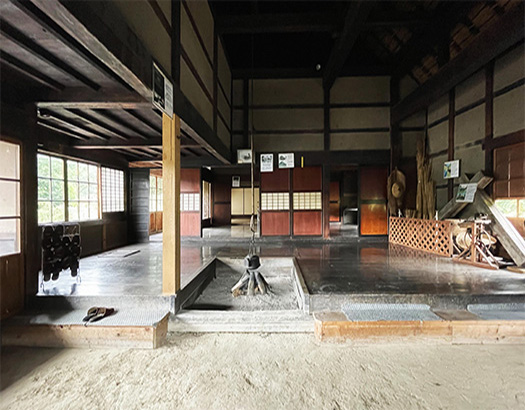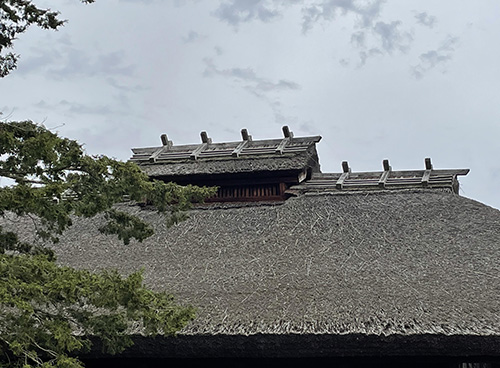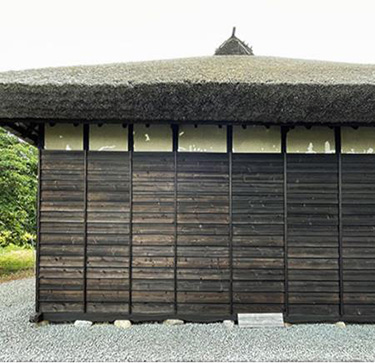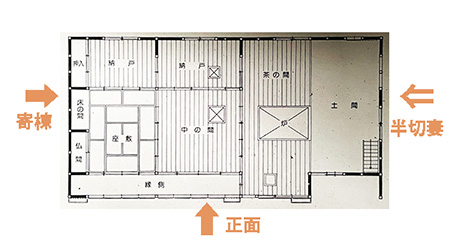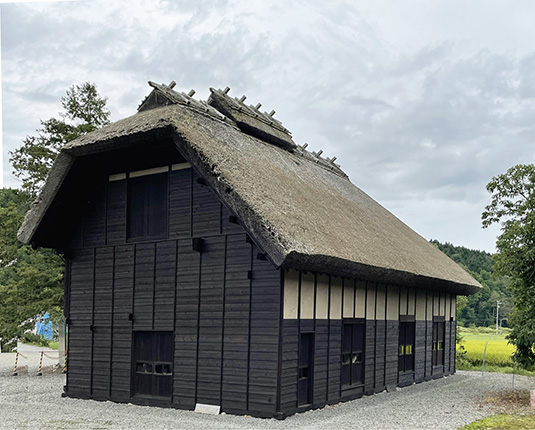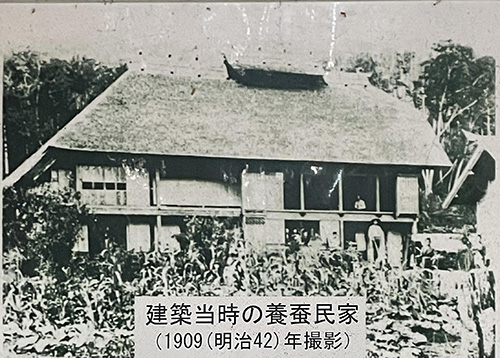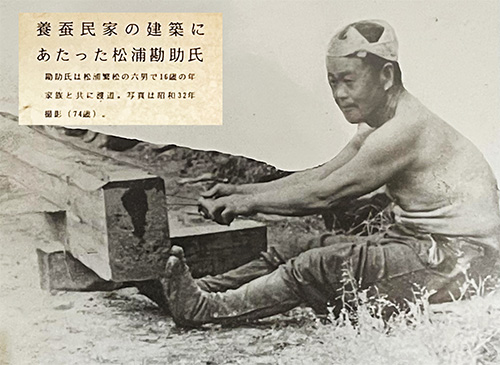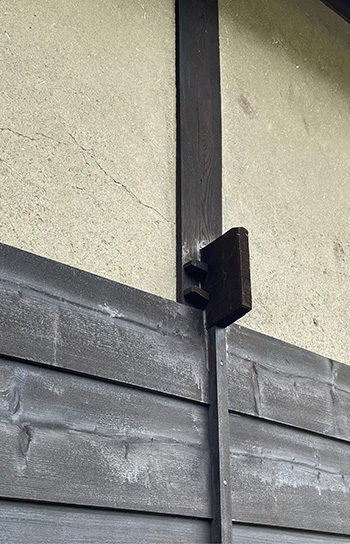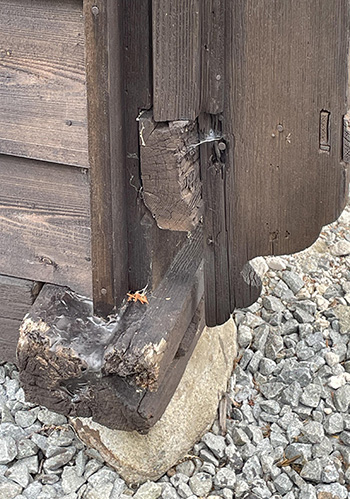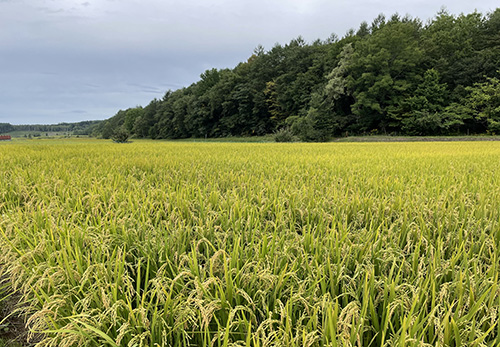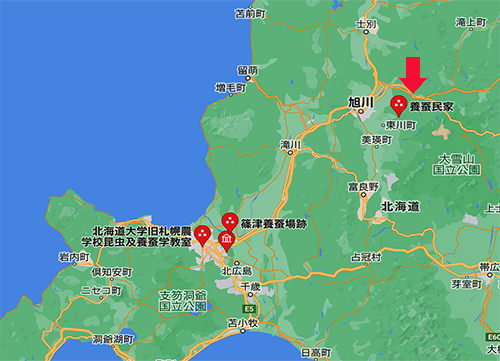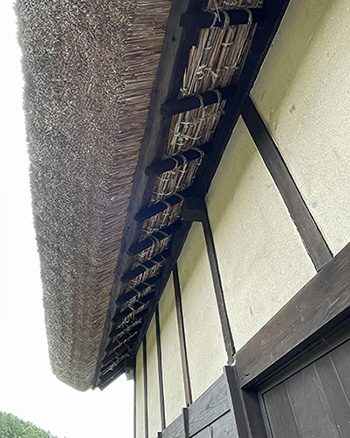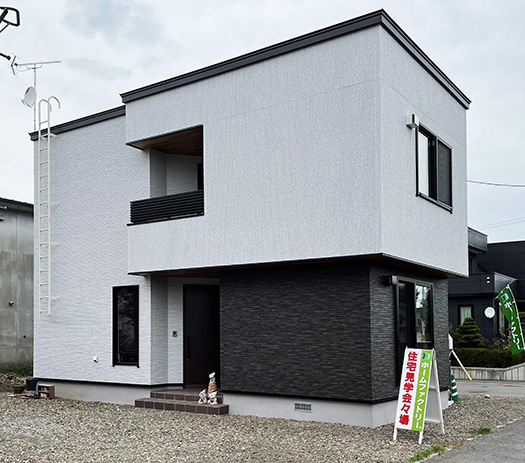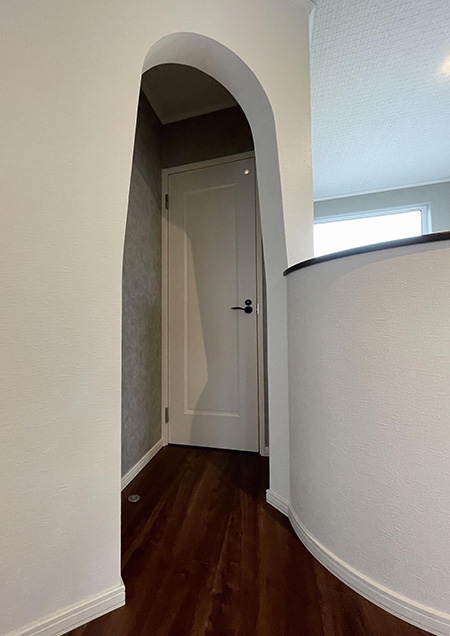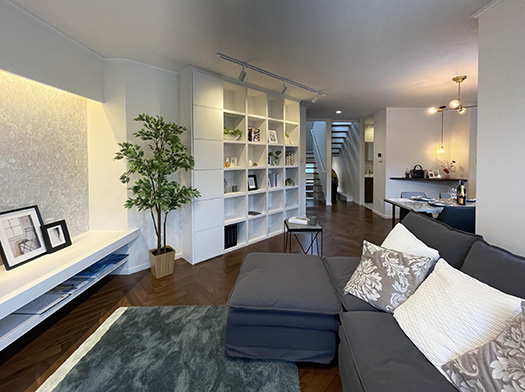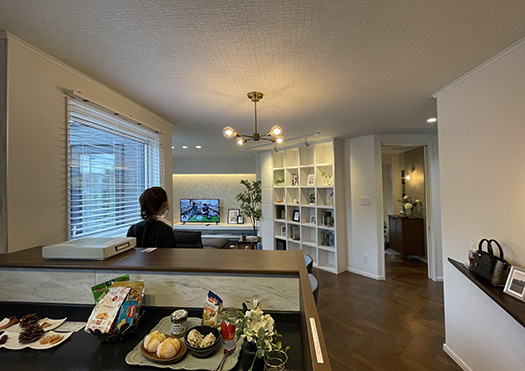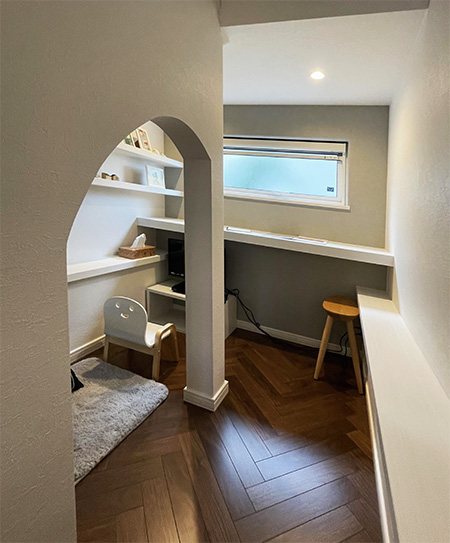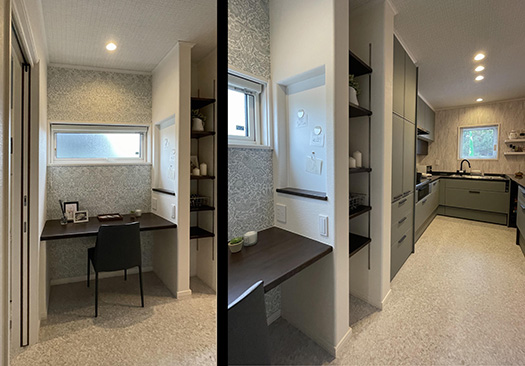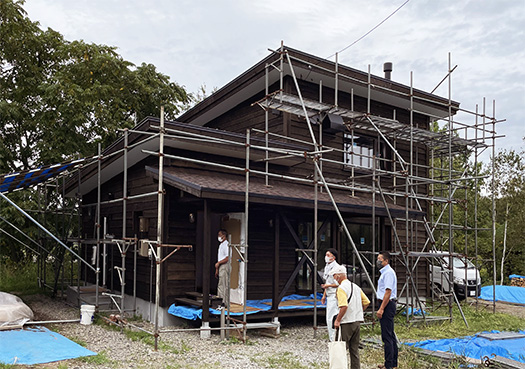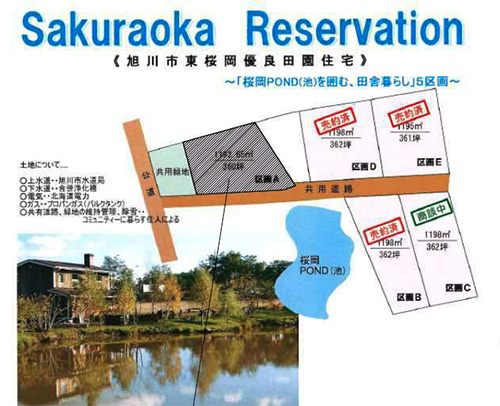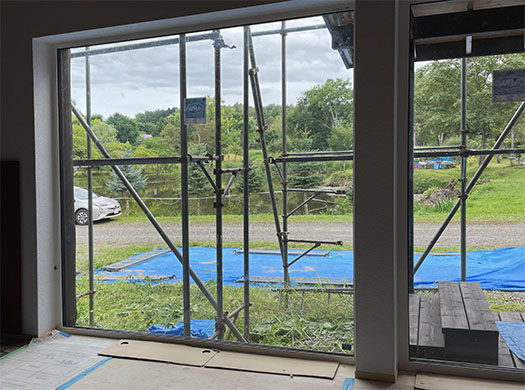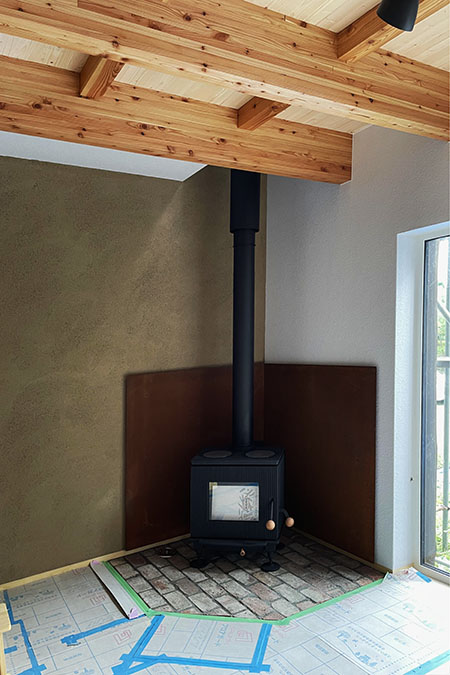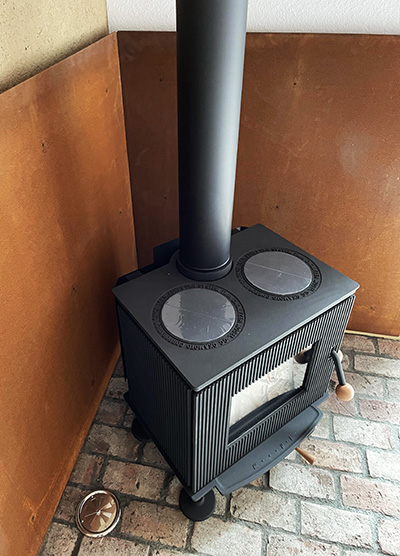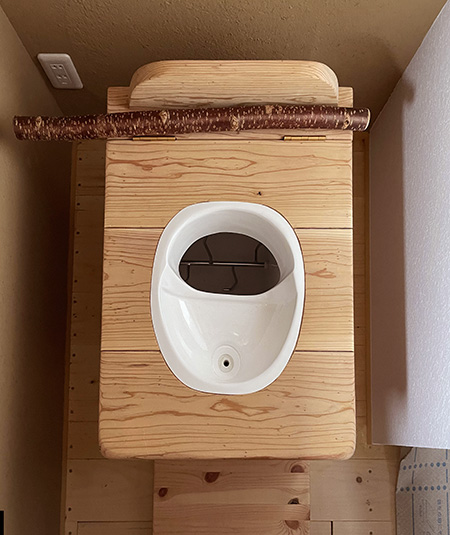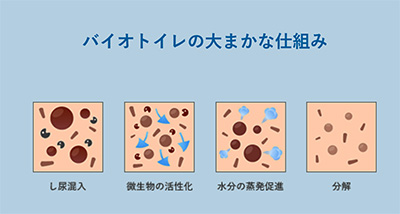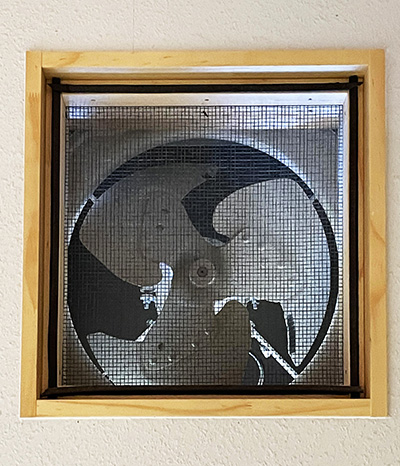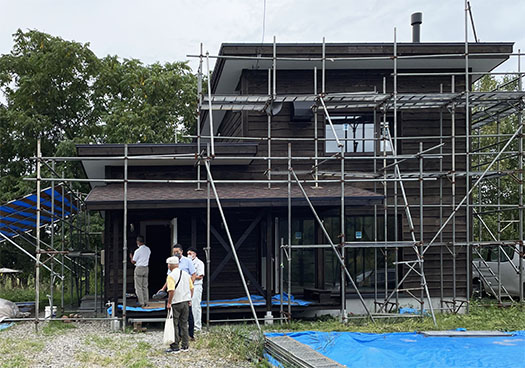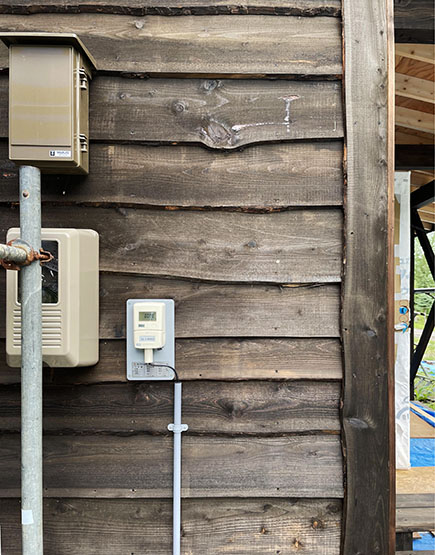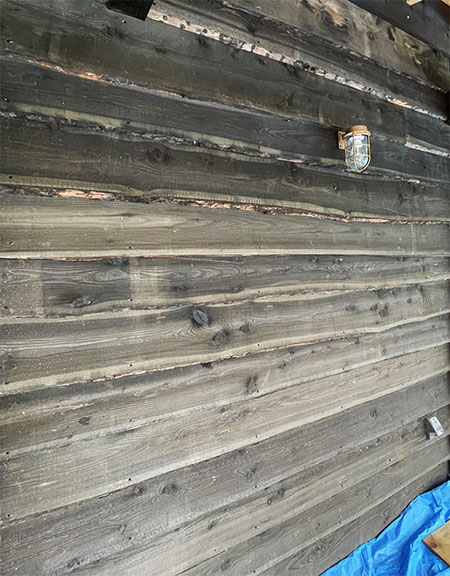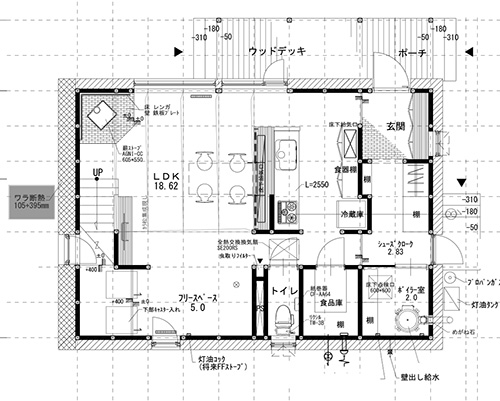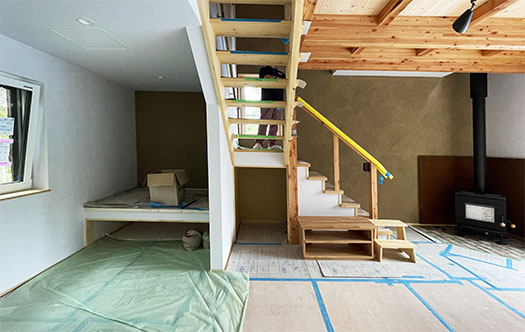
写真は以前、撮影していた湯島天神の拝殿の木組み装飾の一部分。
一昨日から自分の写真記録データとアクセス不能になっていまして、
このブログ掲載とともに撮りためていた写真と記事テーマが
いかに自分の中核的関心領域であるか、思い知らされている。
当たり前ですね。写真は自分が興味を感じたことがそこにピンナップされる。
だれでもが直感的に「わかる」写真というのはきわめて重要な表現手段。
なにごとかをコミュニケーションするときに言の葉だけで
状況のすべてを分析し、仕分けして、テーマを再生産するのは難しい。
それで表現できるのは前提的な情報が共有公知のことに限られる。
政治などの場合、言の葉だけでも通じ合える部分はあるのでしょうが、
当然ながら、それぞれでバイアスが掛かっていたり、
前提的な共通認識の世界に閉じこもり気味。
一方で写真はあくまでも現実の存在を映し出す事実性に立脚している。
このたまたまPCに残っていた写真で言うと、湯島天神が「木造」であることが
公知的にわかり、桃山〜江戸期のような表現傾向だということが分析できる。
現実をピンナップしながら、徐々に分析するという段階に行ける。
その結果で、書き手が述べることに同意・不同意が発生してくる。
やはりなんと言っても、公知の現実から始めるということが重要。
わたしはずっとこういう建築のリアリティとともに考え続けてきた人間なので
このライブラリストックとアクセス出来ないのは致命的(泣)。
でもまぁ、やむなく1週間程度は解決の糸口にも立てない諸条件。
こうなると「場所的に問題を立てる」という方針になる。
ちょっとわかりにくい表現だけれど、高校生の頃に傾倒した左翼運動で
その指導者が、現実対応の方針を示したコトバ。
不思議といまでもすぐに脳裏に浮かんでくる。刷り込みか(笑)。
まぁわかりやすく言えば「できることをやる」ということ。
悲痛な状況を嘆いてばかりいてもどうしようもないので、
その状況を前提として、その中で最善を尽くすにはどうしたらいいか、
というように考えると言うことでしょう。
その政治思想傾向とはいまやはるかな隔たりはありますが、
いわば人生訓のようなコトバ、行動指針として活用させていただいてきた。
ストック復元努力はしつつ、いまできることを淡々と探しております。う〜む。
English version⬇
[Searching for “what can be done” in the midst of cause and effect in an indifferent manner…
It is absurd that a person who has made housing reportage his life’s work cannot access the photographs he has taken. But despair is also a fool’s conclusion. …
The photo is a part of the wooden decoration of the hall of worship at Yushima Tenjin Shrine, which I had previously photographed.
Since the day before yesterday, I have been unable to access my photo archives.
I have been unable to access my photo archives since the day before yesterday.
I am reminded of how much the photos I have taken and the themes of my articles are my core interests.
It’s no wonder. Photographs pinpoint what I find interesting.
A photograph that anyone can intuitively “get” is an extremely important means of expression.
When communicating about something, it is not possible to analyze and sort out everything about a situation with just words.
It is difficult to analyze, sort, and reproduce the theme of a situation.
It is only possible to express what is shared and publicly known as a prerequisite.
In the case of politics, for example, there may be parts of the situation that can be communicated through words alone.
Naturally, each of us has our own biases and
We are confined to a world of shared assumptions and common knowledge.
On the other hand, a photograph is based on the factuality that reflects the existence of reality.
In the case of this photograph that happened to be left on my PC, it is public knowledge that Yushima Tenjin Shrine is “wooden” and that it was built in the Momoyama – Toyama period.
It can be analyzed as a trend of expression like that of the Momoyama – Edo period.
We can go to the stage of gradually analyzing while pinning down the reality.
As a result, agreement or disagreement occurs with what the writer states.
After all, it is important to start from a known reality.
I am someone who has been thinking with this kind of architectural reality for a long time.
I have been thinking with this kind of architectural reality for a long time, so not being able to access this library stock is fatal (tears).
But, well, I have no choice but to do so for a week or so.
In this case, the policy is to “set up the problem in place.
It’s a bit confusing, but I remember a leftist movement I was involved in when I was in high school.
The leader of the leftist movement that I was involved in when I was in high school expressed the policy to deal with the reality of the situation.
Strangely enough, it comes to my mind immediately even now. It must have been imprinted on my mind (laughs).
Well, to put it simply, “Do what you can.
There is nothing we can do if we keep lamenting the sadness of the situation.
So, we have to think about what we can do to make the best out of the situation.
So, we should think about what we can do to make the best of the situation.
Although we are now far removed from this trend in political thought
I have used it as a guideline for action, a life lesson, so to speak.
I am trying to restore the stock, and I am looking for what I can do now without hesitation. Hmmm.
Posted on 9月 18th, 2022 by 三木 奎吾
Filed under: こちら発行人です | No Comments »


